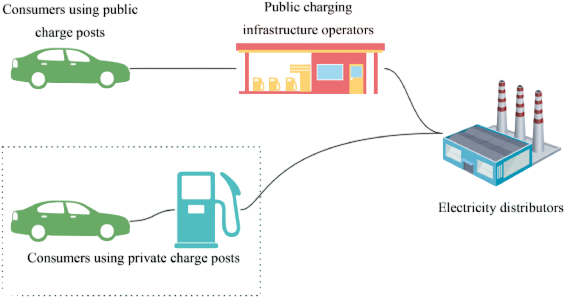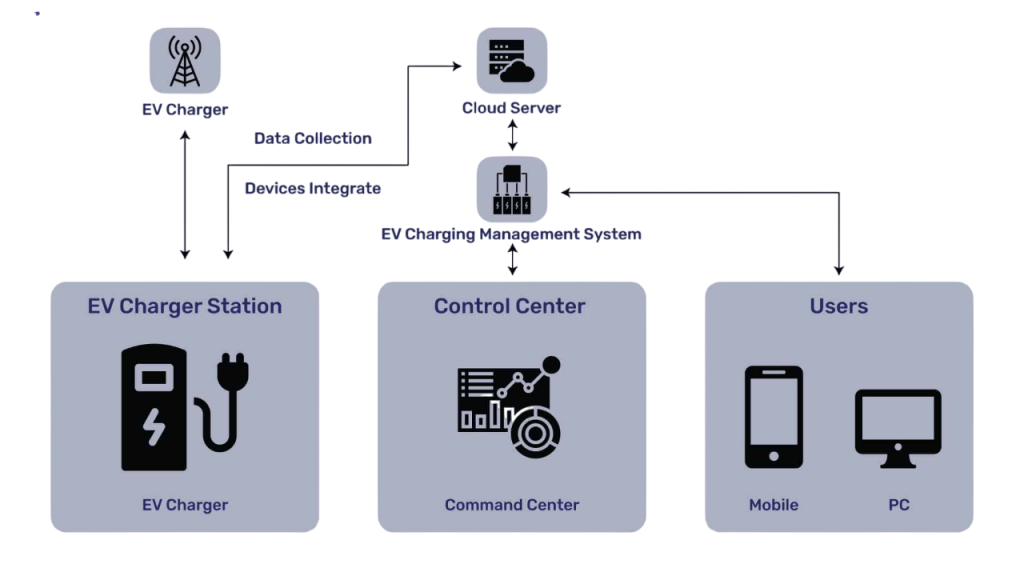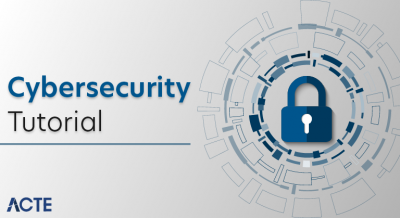
- Electric Vehicle Charging Stations
- Types of Charging Stations
- Public vs Private Chargers
- Fast vs Slow Charging
- Major Players in India
- Government Initiatives (FAME, etc.)
- Urban vs Highway Deployment
- EVSE (Electric Vehicle Supply Equipment)
- Apps and Platforms for Charging
- Future of Charging Network
- Conclusion
Electric Vehicle Charging Stations
Electric Vehicle Charging Stations are at the forefront of the global transition to sustainable transportation. However, the success of this shift depends heavily on the development of robust charging infrastructure.Charging stations are to EVs what Artificial Intelligence Training and fuel stations are to internal combustion engine (ICE) vehicles. Without reliable, accessible, and fast charging options, consumer adoption of EVs could stagnate, regardless of how advanced the vehicles themselves are. A well-developed charging network ensures range confidence, reduces anxiety among potential buyers, and supports fleet operators in logistics and public transportation. It also catalyzes investments in EVs by businesses and governments, making EVs a viable and practical choice for the masses.
Types of Charging Stations
Charging stations can be broadly classified based on power output, connector type, and use case, highlighting the Future of Electric Vehicles in India :
- Level 1 Chargers
- Power Output: Up to 2.3 kW.
- Usage: Home charging, slowest option.
- Connector: Standard household outlet.
- Charging Time: 8-12 hours for full charge. Level 2 Chargers
- Power Output: 3.3 kW to 22 kW.
- Usage: Residential, workplace, public parking.
- Connector: Type 2 (in India).
- Charging Time: 4-6 hours. Level 3 Chargers (DC Fast Charging)
- Power Output: 50 kW to 350 kW.
- Usage: Public highways, commercial hubs.
- Connector: CCS, CHAdeMO, GB/T.
- Charging Time: 30 minutes to 1 hour.
The choice of station depends on vehicle compatibility, user needs, and grid availability.
Public vs Private Chargers
The electric vehicle (EV) charging infrastructure is rapidly changing, offering two important charging solutions to meet various user needs. Public chargers are strategically placed in busy commercial areas like malls, offices, parking lots, and highways, ensuring accessibility for all EV users. These flexible charging stations can be either AC or DC and are increasingly connected to user-friendly mobile apps that simplify access and payment.

On the other hand, private chargers provide a more personal charging experience. They are usually found in homes, apartment complexes, or specific Hacking from Scratch office parking areas. These chargers, typically Level 1 or Level 2, are meant for personal or fleet use and offer significant benefits like greater convenience and lower electricity costs. As the EV landscape continues to grow, the simultaneous development of both public and private charging options will be crucial in meeting the varied charging needs of today’s electric vehicle owners.
Ready to Get Certified in Artificial Intelligence ? Explore the Program Now Artificial Intelligence Online Training Offered By ACTE Right Now!
Fast vs Slow Charging
- Fast Charging (DC)
- Uses high-power DC to quickly charge EVs
- Ideal for long-distance travel and commercial vehicles
- More expensive infrastructure and higher maintenance
- Examples: Tata Power EZ Charge, BPCL DC Fast Chargers Slow Charging (AC)
- Utilizes standard grid connections with lower power
- Suitable for overnight home or office charging
- Inexpensive and easy to install
EV infrastructure needs to balance both fast and slow charging options to cater to different Embedded Systems in Automobiles user scenarios efficiently.
Major Players in India
India’s electric vehicle (EV) charging landscape is changing quickly, thanks to many private and public players who are committed to improving transportation infrastructure. Tata Power is leading the way with the largest EV charging network in the country. They offer both AC and DC chargers in metro cities and have formed partnerships with car manufacturers like Tata Motors and MG Motors. Ather Energy has created the Ather Grid network, which covers over 50 cities. This network focuses on fast charging solutions for two-wheelers and is open to all electric vehicles. ChargeZone is making progress by specializing in DC fast charging along highways. They are also implementing innovative What is Electric Vehicle Fleet solar-powered and battery-supported charging solutions. International companies like Fortum India are adding to the ecosystem by working on charging infrastructure for highways and fleets. Traditional oil companies such as Indian Oil, BPCL, and HPCL are making a strategic shift into EV services by installing charging stations at fuel stations across the country. These joint efforts are key to building a solid nationwide charging infrastructure that will speed up India’s shift to electric mobility.
To Explore Artificial Intelligence in Depth, Check Out Our Comprehensive Artificial Intelligence Online Training To Gain Insights From Our Experts!
Government Initiatives (FAME, etc.)
The Indian government is actively promoting Artificial Intelligence Training and EV adoption through multiple schemes.
- FAME India Scheme (Faster Adoption and Manufacturing of EVs)
- Phase II supports EV infrastructure with subsidies.
- Focus on public charging stations in cities and highways. PLI Scheme (Production Linked Incentives).
- Incentivizes local manufacturing of charging equipment and batteries State-Level Policies.
- Delhi, Maharashtra, Karnataka offer capital subsidies for EVSE installations.
- Land and electricity tariff incentives.
- Focus on residential, commercial, and institutional zones.
- Needs widespread low-power chargers for daily top-ups.
- Challenges include space constraints, grid load, and multi-tenant buildings, impacting Electric Vehicle Charging infrastructure planning. Highway Charging
- Aims to enable intercity travel by EVs.
- Requires high-speed DC chargers at regular intervals (every 25–50 km).
- Highway fast charging hubs with amenities for drivers.
- Tata Power EZ Charge.
- Ather Grid App.
- EV Plugs: Aggregates multiple charging providers.
- Statiq: Real-time availability and payment. Features:
- Route-based charger recommendations.
- Real-time availability.
- Plug type filters.
- Remote start/stop and payment via UPI, wallets.
Urban vs Highway Deployment
- Urban Charging
Balancing both urban and intercity charging needs is crucial to national EV growth.
Looking to Master Machine Learning? Discover the Artificial Intelligence Expert Masters Program Training Course Available at ACTE Now!
EVSE (Electric Vehicle Supply Equipment)
Electric Vehicle Supply Equipment (EVSE) is a system that safely and efficiently delivers electricity from the grid to electric vehicles. This setup includes many important components, such as different power supply connectors like Type 1, Type 2, CCS, and CHAdeMO, which ensure compatibility with various vehicle models. Smart meters and energy management systems work alongside protection and control units, such as residual current devices (RCD) and circuit breakers, to maintain electrical safety, while the Controller in EV ensures optimal power distribution and system coordination.

Communication modules that follow the Open Charge Point Protocol (OCPP) allow for easy connectivity and smart charging management. EVSE comes in different forms, from wall-mounted home chargers and pole-mounted public charging stations to portable emergency units, offering flexible charging options for different users. By creating standardized and reliable charging infrastructure, EVSE supports the wider use of electric vehicles.
Preparing for Artificial Intelligence Job Interviews? Have a Look at Our Blog on Artificial Intelligence Interview Questions and Answers To Ace Your Interview!
Apps and Platforms for Charging
Digital platforms are playing a critical role in enhancing user convenience by locating, reserving, and paying for EV charging, while EV Projects and Systems streamline infrastructure planning and management:
Popular Platforms:These platforms are essential for optimizing charger usage and reducing wait times.
Future of Charging Network
The future of India’s EV charging network is poised for exponential growth:
- Upcoming Trends:
- Ultra-Fast Charging: 350 kW+ stations to match petrol refueling speeds.
- V2G (Vehicle-to-Grid): EVs as energy storage assets.
- Wireless Charging: Embedded in roads or static pads.
- Solar-Powered Stations: Sustainable, off-grid solutions.
India’s EV charging infrastructure, with the right planning and execution, will be one of the largest in the world, enabling a cleaner and more connected mobility future.
Summary
Electric Vehicle Charging Stations infrastructure is the backbone of the electric vehicle revolution. Its expansion is vital for mass EV adoption, sustainable transport, and climate goals. With rapid investments, government support, technological innovation, and Artificial Intelligence Training India’s charging ecosystem is scaling swiftly. Public-private cooperation, consumer awareness, and digital integration will drive this growth, making EVs practical, affordable, and ubiquitous across urban and rural landscapes.




